6. Nosferatu the Vampyre
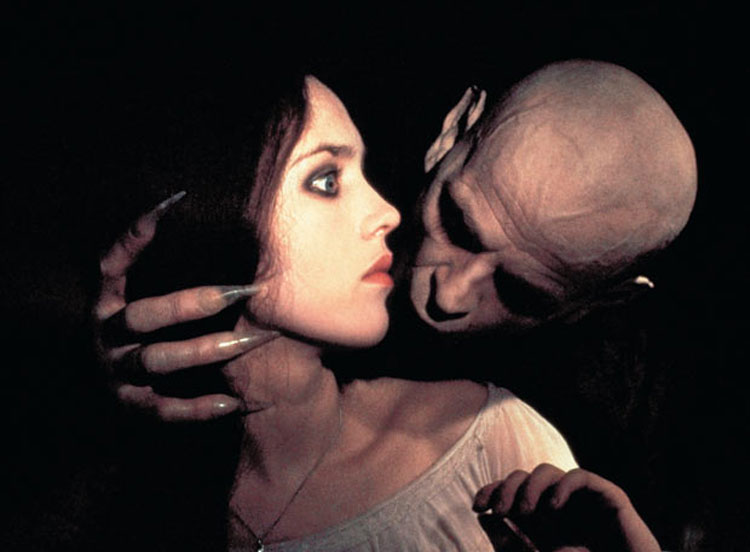
If ever a director was skillfully equipped and temperamentally fit for remaking F.W. Murnau’s “Nosferatu,” it’s Werner Herzog. Werner, who’s generally not one for remakes, has stated that Murnau’s 1922 silent classic is the greatest German film ever made, so there’s little doubt that remaking it was not a decision he made lightly. As expected, Herzog’s love for the original can been seen in every frame of “Nosferatu the Vampyre.”
Like his predecessor, Herzog understands that the best, most cerebral scares are achieved through tension and anticipation. His is a silent film at heart, trading dialogue-heavy scenes for long, meditative shots of landscapes and dreary interiors. The showcasing of silence as a canvas is also deliberate, making every sound in Count Dracula’s mansion add to our unease, from the shuffling of nervous feet to the Count’s labored breath.
Because of Klaus Kinski’s performance as Dracula, The story doesn’t plod, it lurks. Kinski has a pained but unshakable gaze throughout, conveying a loneliness and self-loathing not found in other depictions of the iconic vampire. He exudes horror through his stillness, not jump scares.
Herzog’s dedication to Murnau’s vision, though, is ultimately what holds the remake back from being truly great. The sustained reaction shots of the characters, especially ones of fear, are intentionally exaggerated to pay homage to the original.
Sometimes these shots soar, as is the case a lot of the time with Kinski (who has such command over his face that it almost always seems appropriate to linger), but more often the lengthy close-ups seem campy, and they break the audience’s spell of suspense. It’s understandable that as a filmmaker you’d want to celebrate as many aspects of the original as possible, but sometimes certain elements don’t translate the way you’d hoped.
[Note: Herzog and his crew simultaneously shot both English and German dialogue versions of the movie. The German version comes most recommended.]
7. It Follows
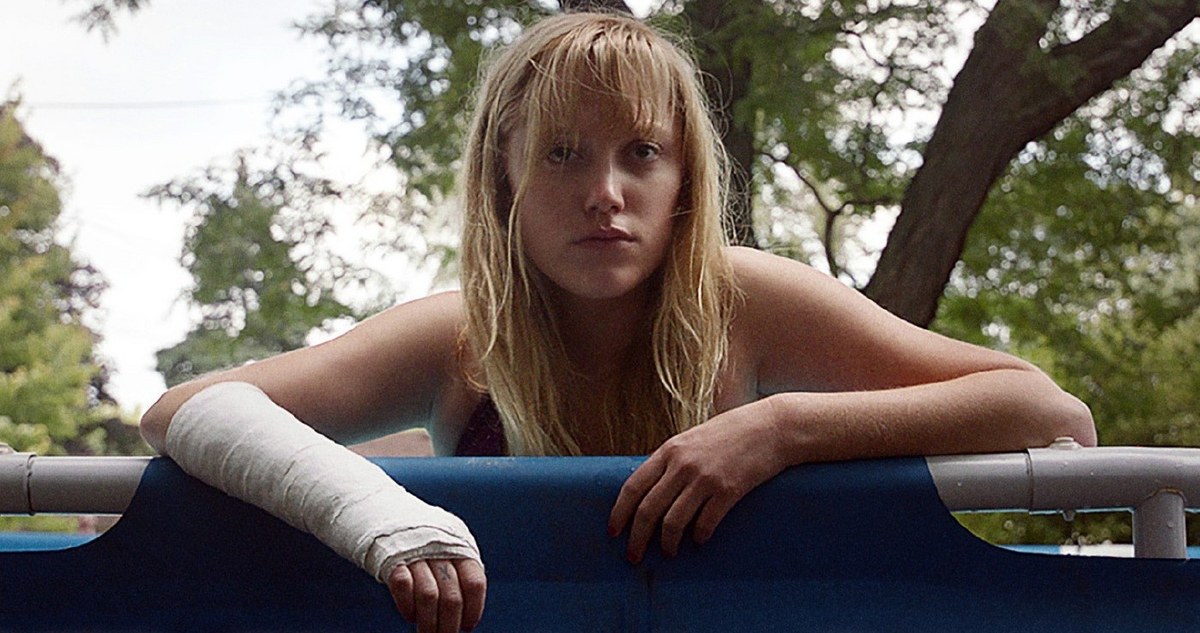
Part of what makes a good movie monster is the unknown. Whether it’s its hidden appearance, hidden backstory, or hidden motive, a monster is generally best left shrouded in mystery. John Carpenter understood that, as evidenced in his 1978 classic, “Halloween,” in which very little is explained about Michael Myers, an undeterrable Mephistopheles,.
After watching “It Follows,” there’s no doubt that David Robert Mitchell is a big fan of John Carpenter and that he understands what made Carpenter so successful. Their two films are spiritual siblings, and with regard to the horror trope of stalked by an evil being, Mitchell adds a clever spin by making his monster difficult to identify and impossible to be fully rid of. It’s almost like he was writing about STDs or something.
In keeping with Carpenter-era nostalgia, the film’s score is, at times, delightfully synth-heavy and, at others, complexly dissonant. Like Carpernter, Mitchell relies on dread and foreboding to create a sense of danger as opposed to gore or sensationalism. He believes in the philosophy that horror is created mostly by our empathy for fearful characters, not the object of their fear.
Sure enough, characterizing the monster is exactly where “It Follows” stumbles. There comes a point in which the main characters have their first physical interaction with the monster.
One of the characters shoots the monster point blank in the head, but to no avail; the monster can’t be killed. When the climax arrives, though, the same group of characters concocts an elaborate plan to drown/electrocute the monster in their school’s pool. Not only does the audience know that the plan is doomed to fail, but we’re left perplexed as to how anyone could possibly think it would work.
8. Antichrist
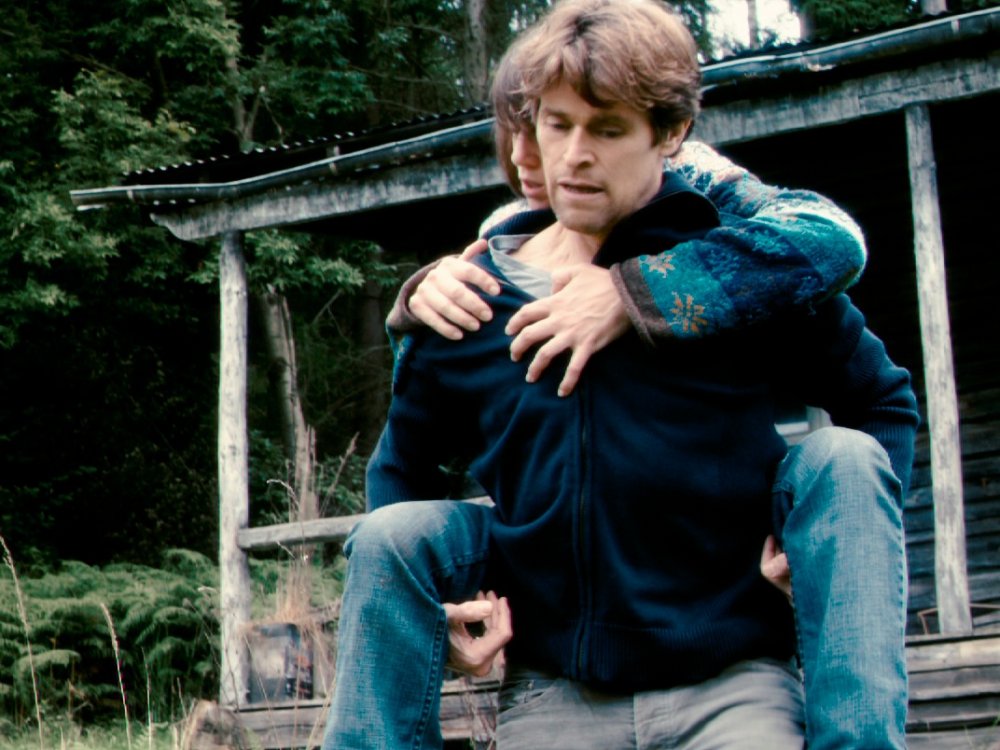
The second installment in Lars von Trier’s ‘depression trilogy,’ “Antichrist” is one of the most critically divisive films of the 21st century. It features the onscreen death of a toddler, close-ups of unsimulated sex (both of these in the first scene, by the way), onscreen genital mutilation (twice), and a plethora of other deeply disturbing plot devices.
The majesty of this film, however, is irrefutable. Von Trier is the Yin to Terrance Malik’s Yang in his ability to capture images that are at once harrowing and beautiful, and his focused use of focal length and slow motion are a hypnotic combination.
Stealing the show, however, is Charlotte Gainsburg, credited only as “She” – the anti-Eve to Willem Dafoe’s anti-Adam. Having just lost her child, Gainsburg plays the role of grieving mother disturbingly well. Her desperation for relief is implicit yet so palpable that it’s sickening to watch. That’s effective characterization.
Where the film suffers is in von Trier’s continued insistence on beating the audience over the head with symbols that don’t make literal sense. At one point a fox digs at and eats its own entrails and then breaks the fourth wall by declaring, directly at the camera, “Chaos reigns!” Similarly, after the film’s climax, Willem Dafoe’s character finds himself on a hill surrounded by hundreds of non-literal women walking up and down the hillside for no identifiable reason.
The symbols are thematically useful to the plot and visually stunning, but they’re still an embarrassment to the narrative, as they appear to have been ideas von Trier couldn’t quite figure out how to incorporate but decided to mash in there anyway.
9. Snowpiercer
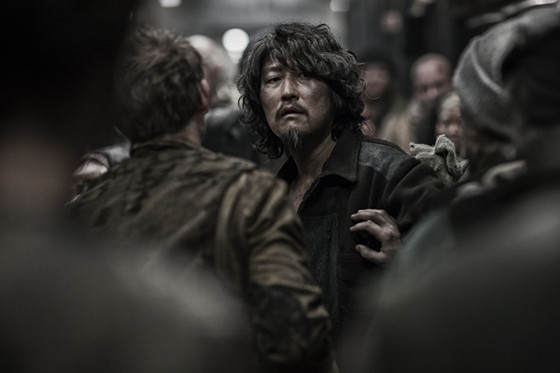
Set in the (hopefully) distant future of a world ravaged by global warming now covered in ice, “Snowpiercer” is an explosive allegory of class warfare, all told on a claustrophobic, never-ending train ride. It takes economic inequality as we know it today and condenses into a walled-in microcosm of humanity.
The train’s passengers are all that remains of our species. In the back of the train are slave laborers who have suffered periods of such great hunger that they’ve resorted to cutting off limbs for sustenance, and in the front are the those who live in immense luxury. After a revolt breaks out, our hero Curtis (played by Chris Evans), leads the way, car by car, fight by fight, toward liberation.
Each car traveled through is an introduction to a new aspect of the train’s culture and hierarchy, and the twistedness of the oppression inflicted upon our heroes. The train itself is the greatest asset to the film’s allegory in that it physically juxtaposes the lavishness of luxury with the exploitation on which such luxury depends, and another layer of gratification is added when we see those luxuries being invaded and reclaimed, one tangible segment after another.
All of this captivating imagery is nearly undone, however, by a protagonist whose character arc is forced when it isn’t flimsy. Particularly egregious is the story Curtis tells to his friend at the end, confessing that Curtis almost cannibalized him as a baby and that he had in fact eaten babies before.
It’s an awfully cheap device to throw in right before the climax to give the hero a greater sense of redemption in his eventual victory. Instead of feeling pity for Curtis, we feel grossed out and cheated, and the vanilla climax that follows feels deflated.
10. Prisoners
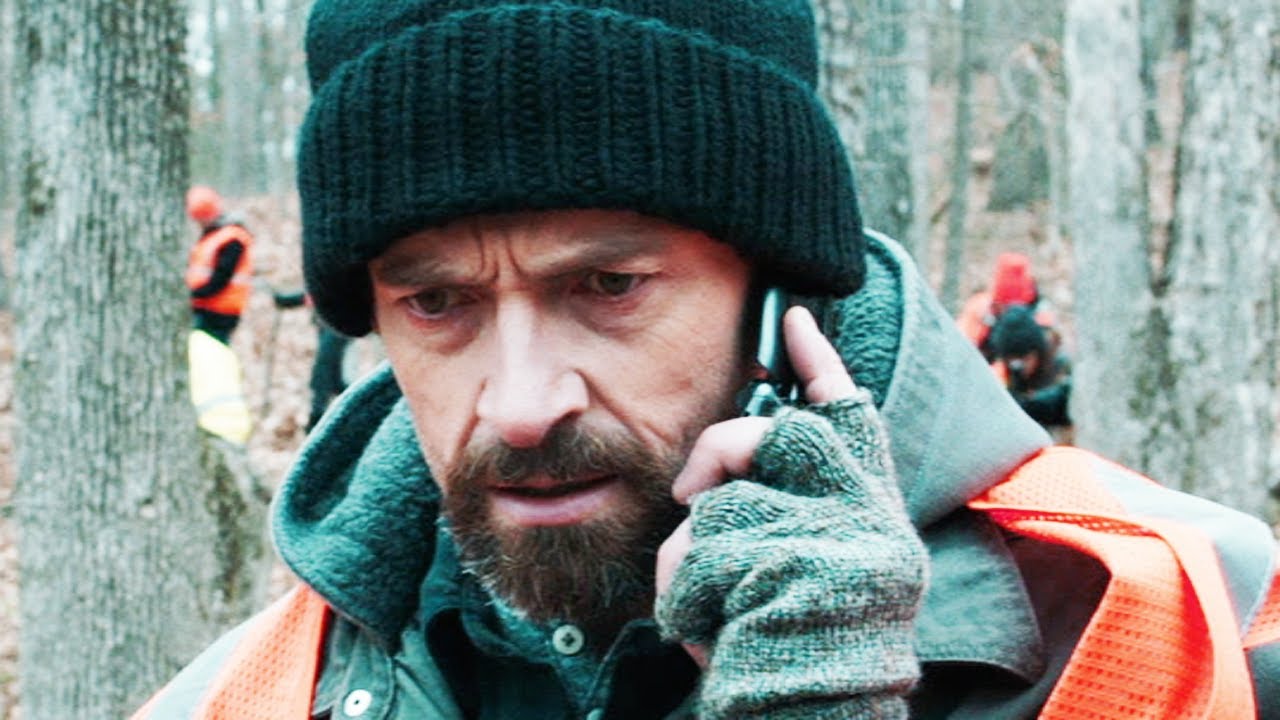
Directed by rising star Denis Villaneuve, “Prisoners” is a gritty thriller driven by a captivating ethical dilemma. Two girls from two different families are kidnapped. One of girl’s dads (played by Hugh Jackman), dissatisfied with the police’s efforts, decides to take matters into his own hands and imprison and torture the person he’s convinced is the kidnapper. As days turn to weeks, his efforts grow desperate, and his convictions are pushed to the breaking point as his efforts continue not to yield any results.
Hugh Jackman shines in a career-best performance as the tortured father willing to do anything it takes to get his daughter back, and never has a more gorgeous film been shot by the great Roger Deakins (a truly astonishing feat, considering his body of work).
Equally astonishing is just how hard this pristine ball of filmmaking was dropped in its final act. Given the horrific and dehumanizing nature of the torture depicted, to not fulfill that arc in a major way is insulting to the audience, but that’s exactly what happened. The torture, instead is ultimately rewarded for his monstrosity and rescues his daughter.
What should have happened is his captive should have died (the only realistic outcome to the torture he endured), and the girls should have never been found, leaving Jackman’s character as a ‘prisoner’ to his own guilt and regret. That would have been far more thematically satisfying and far more believable in what is otherwise a very believable story. Instead, strong character development was sacrificed for the sake of a happy ending, resulting in the quintessence of missed opportunities.
Author Bio: Paul Turnbloom is a caregiver in Minneapolis, MN. He is also an also an aspiring screenwriter.